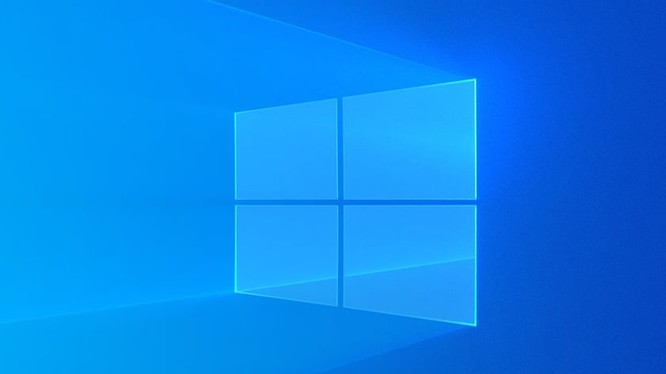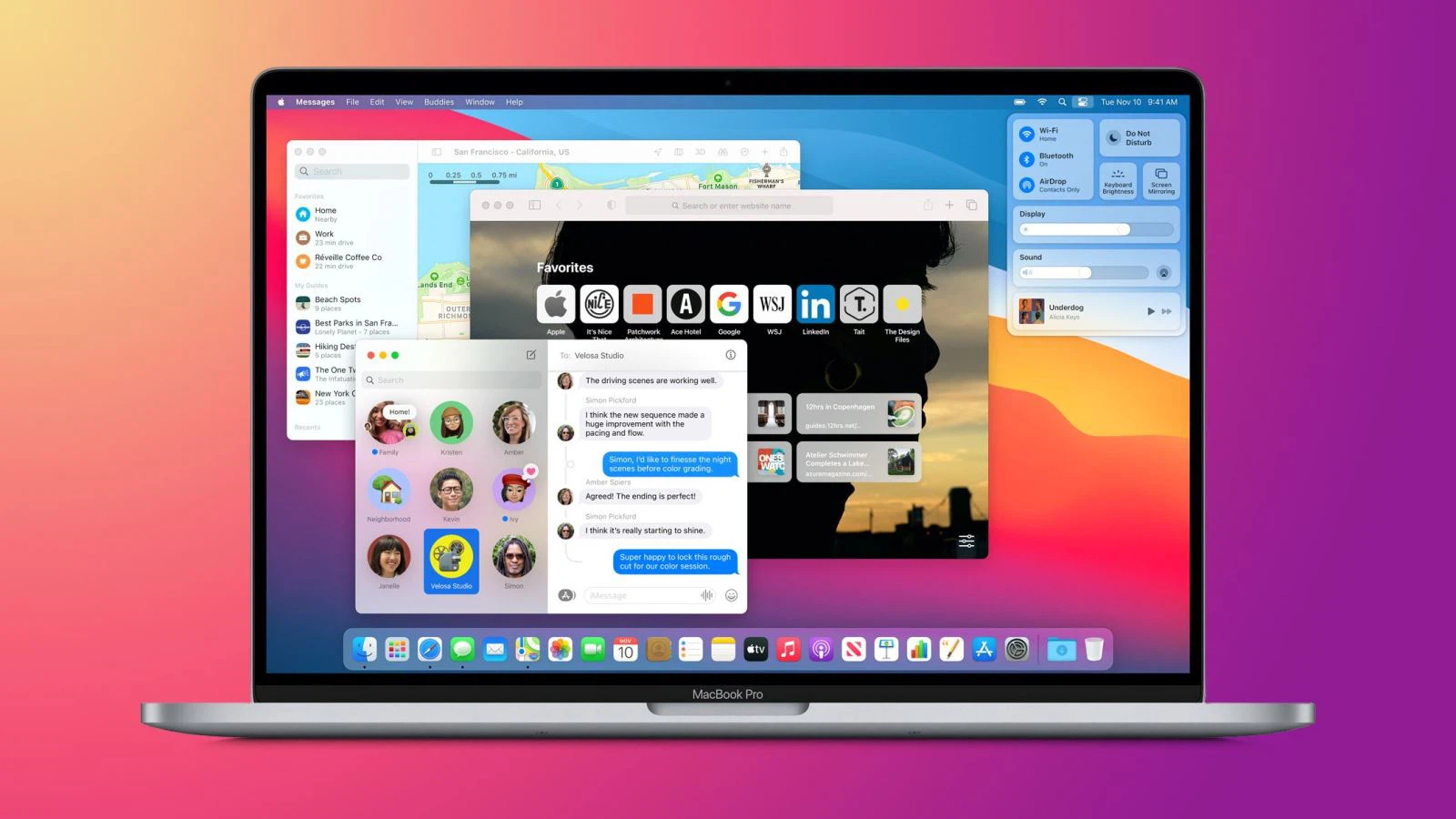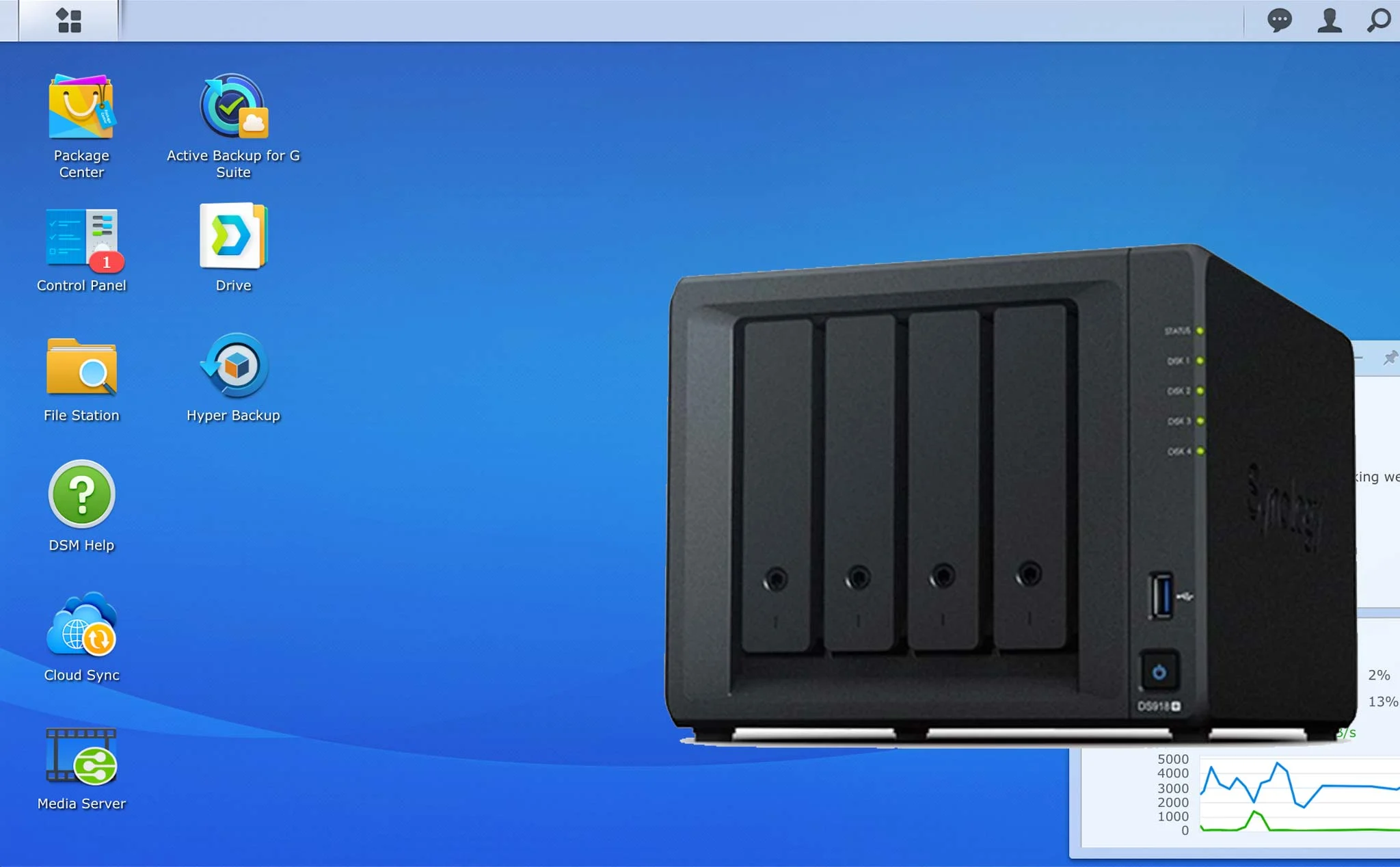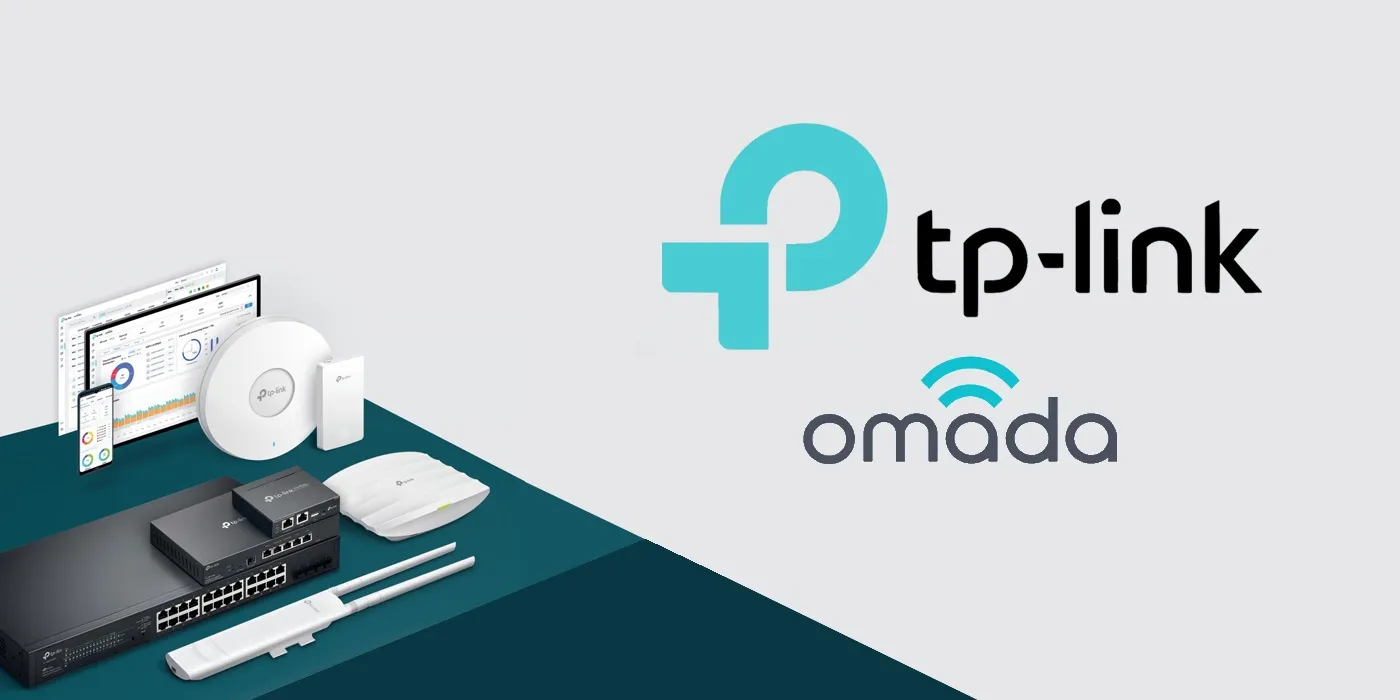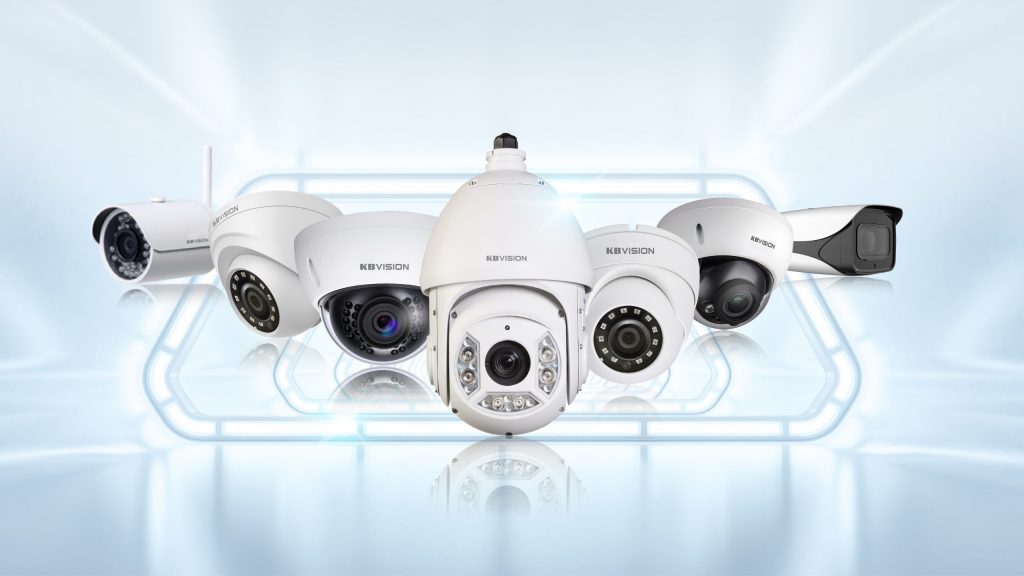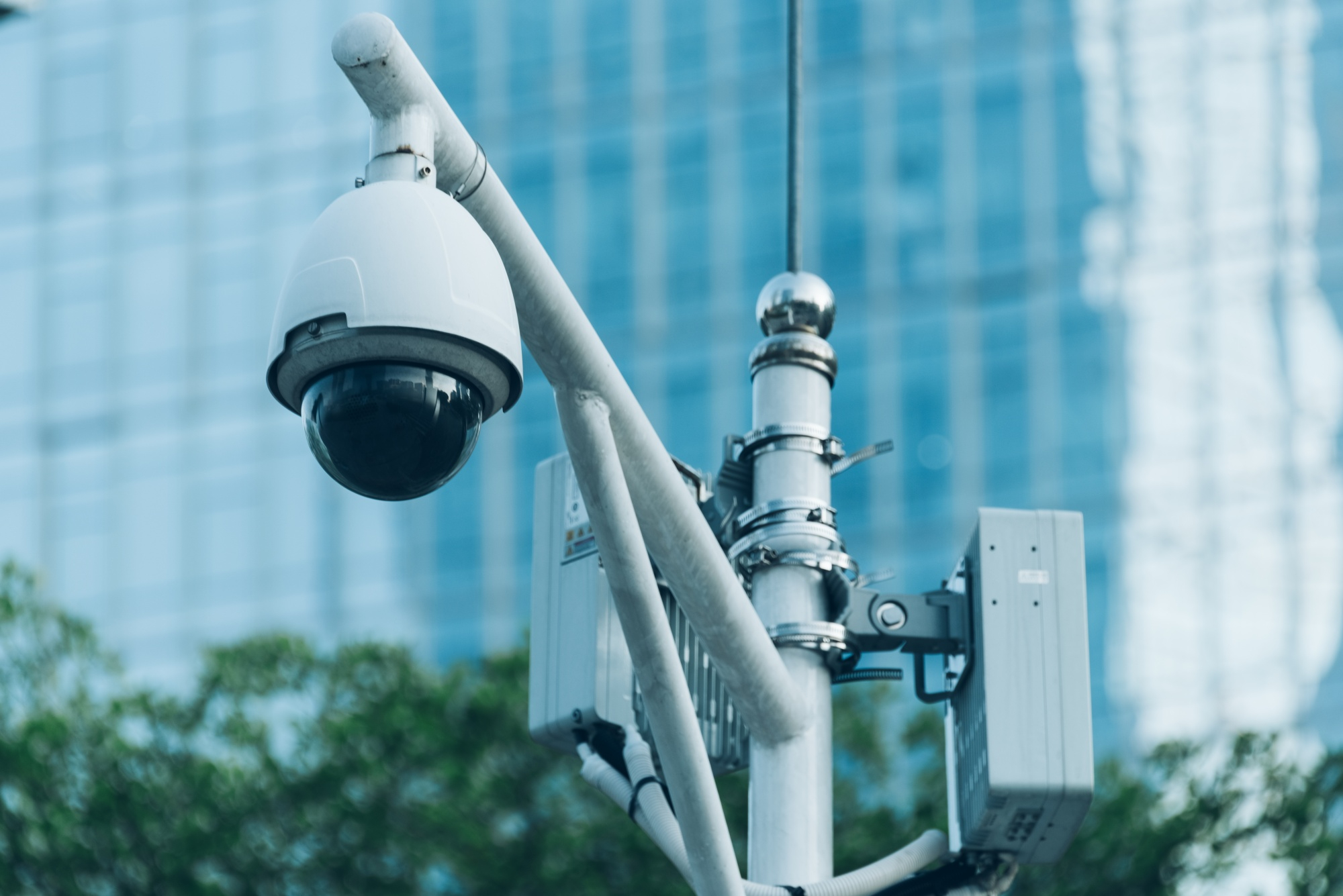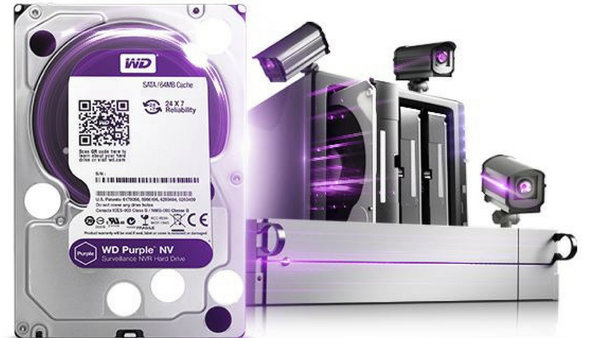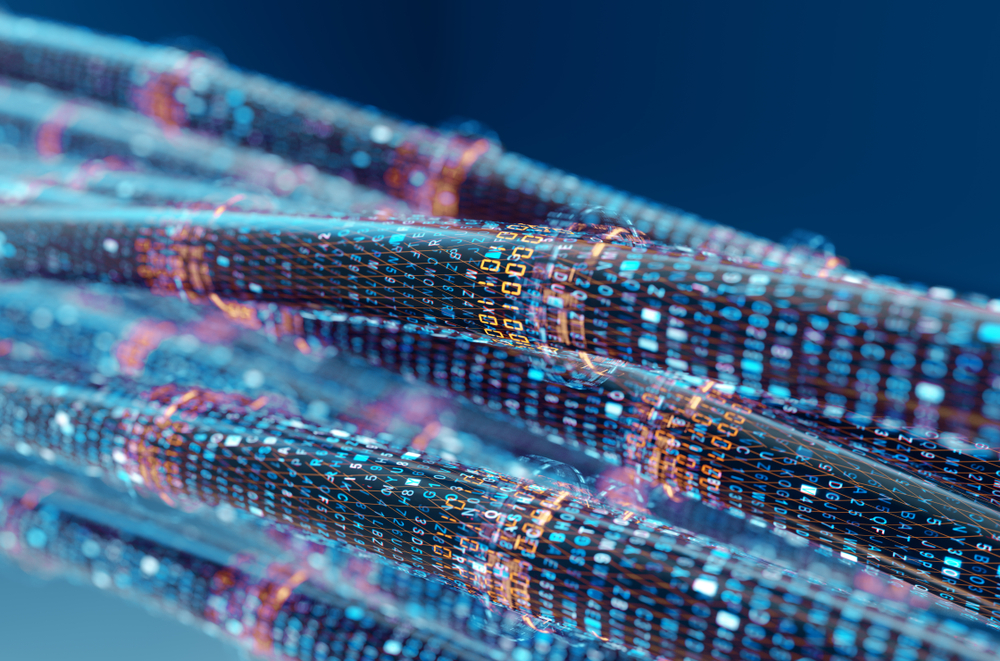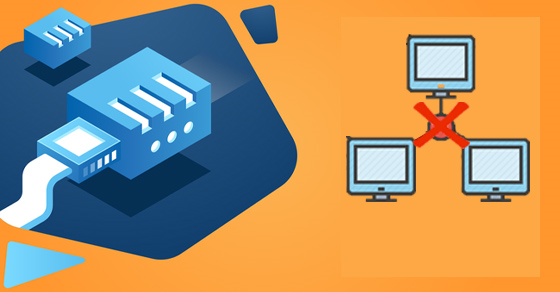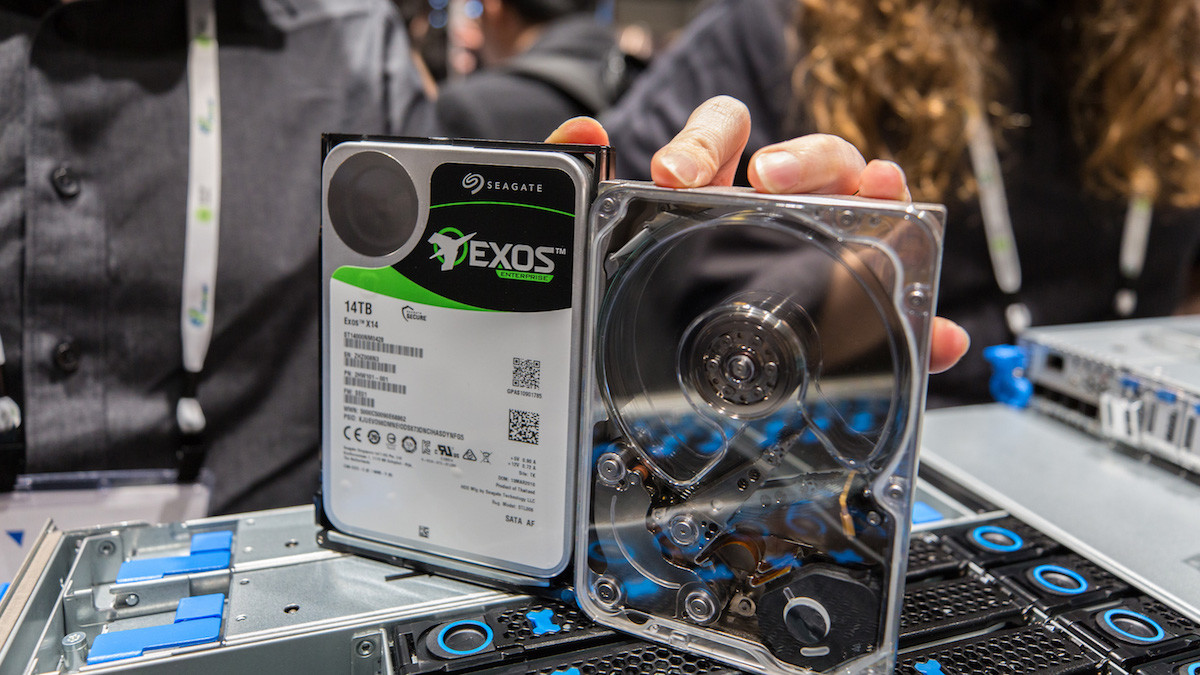SMR? or CMR? How to choose the most suitable hard drive for different uses?
Shingled Magnetic Recording (SMR) or Conventional Magnetic Recording (CMR)? Many people ask themselves this question in the search for the right hard drive for a certain use. Because different data recording methods will work differently and therefore, each method is sometimes better, sometimes worse depending on the intended use.
In this guide, we’ll clarify what data logging methods are currently available, how they work, and how they are suitable for different applications.
Common data recording methods of hard disks (CMR and SMR)
The basic data writing mechanism of a hard disk consists of a magnetic head that writes data to the disk (platter) where the data is stored. There are two common data recording methods: CMR and SMR, between which there are obvious differences. When talking about CMR, that is, the usual mechanism of recording magnetic data, when using hard drives with pure PMR (recording data from orthogonal) technology.
SMR, which stands for Shingled Magnetic Recording, is the second method of data recording.
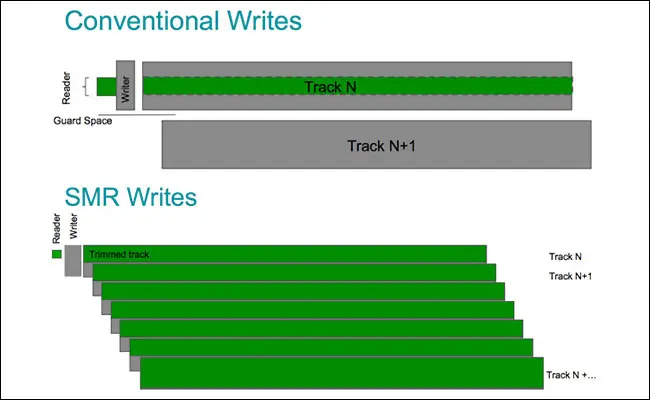
CMR
PMR, short for Perpendicular Magnetic Recording, is a method in which magnetization (word recording) takes place vertically and horizontally orthogonally on magnetic disk plates. PMR is the next generation of LMR (Longitudinal Magnetic Recording) technology and achieves data densities up to three times higher than its predecessor LMR technology, the data read/write head is optimized for this purpose and vertical positioning capabilities also contribute to this solution. This solution is developed to achieve a capacity of more than 750 GB on a conventional 3.5-inch hard drive. With PMR technology we can write data directly to the last storage location on the hard disk without filling up the previous data.
SMR
SMR, which stands for Shingled Magnetic Recording, performs data overwriting, because it is based on the notion that the write head is larger than the read one. Therefore, the writer writes data very close to the previous tracks so that it remains readable. However, the data of the next track is overwritten, which means that the next track can be overwritten after a successful data logging process. If things don’t go as planned, this “data rewrite” will continue. That can significantly slow down the speed of the data writing process. However, the advantage of this technology is that it achieves a higher storage density than PMR.
In addition to the standard controller cache, SMR drives have an on-disk cache in the outer tracks. That’s where PMR technology comes into play. After data recording, data is transmitted from the controller to the SMR area as soon as possible. On the one hand, this process saves disk space, but at the same time it also has a big difference from CMR technology: If the cache on the faster disk is full before the controller can transmit data to the SMR area, the cache needs to be freed/emptied or overwritten first before new data can be released can be saved there. Therefore, with large files, it may happen that the data transfer rate is reduced after a certain amount of data because the cache is full and first needs to be cleared.
What uses are SMR and CMR technologies suitable for?
SMR hard drives are the right choice if they are used for data storage or require the use of a large hard disk for a data storage PC. They offer greater storage capacity and have better energy efficiency, which makes them a suitable solution for long-term data storage goals. Basically, SMR drives are not quite suitable if that hard drive is constantly performing data writing tasks on a regular basis, because that can lead to cache overflows. In such cases, it is definitely necessary to use a hard drive with the CMR data recording method.
CMR hard drives are the right choice when data is stored at large or extremely large data transfer rates. That includes music streaming, image processing used for network storage servers (NAS) or surveillance camera systems (CCTV)
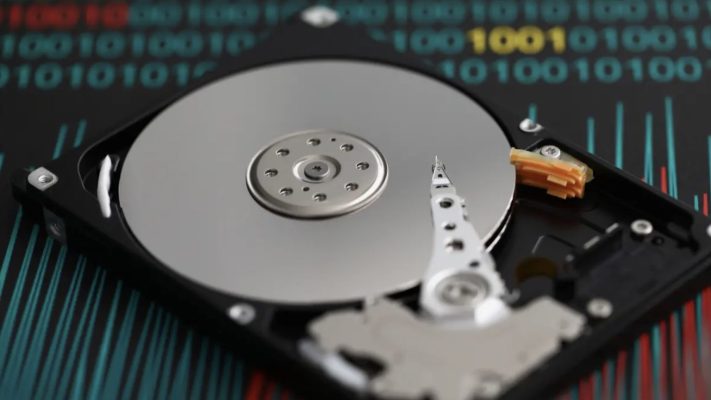
Conclusion: SMR is for long-term data storage purposes, CMR is for cases in which data writing is frequently repetitive
Today, some companies have replaced CMR technology with SMR technology to save costs, but conversely, random write performance will be significantly slower than CMR technology, especially when set up to run RAID.
SMR can be seen as a relatively new tactic of HDD companies to increase storage density compared to HDDs using “traditional” CMR technology. However, this technology has the disadvantage of significantly slower performance than CMR in certain tasks.
Both technologies (SMR and CMR) have their own advantages and areas of application. In short, you can use SMR technology when you want large hard drives with lower costs and often lower power consumption, as pure data storage devices.
For frequent data writing operations and high-speed big data transfers, i.e. when large data transfer rates are important, CMR hard drives are the first choice.
Find out more about Seagate’s SkyHawk hard drive at https://nbg.seagate.com/vn-o-cung-camera-skyhawk
Source: https://www.reichelt.com/magazin/en/smr-cmr-which-hard-drive-is-best-for-which-purpose/
Thank you for following kabevision.com article!




 Tiếng Việt
Tiếng Việt